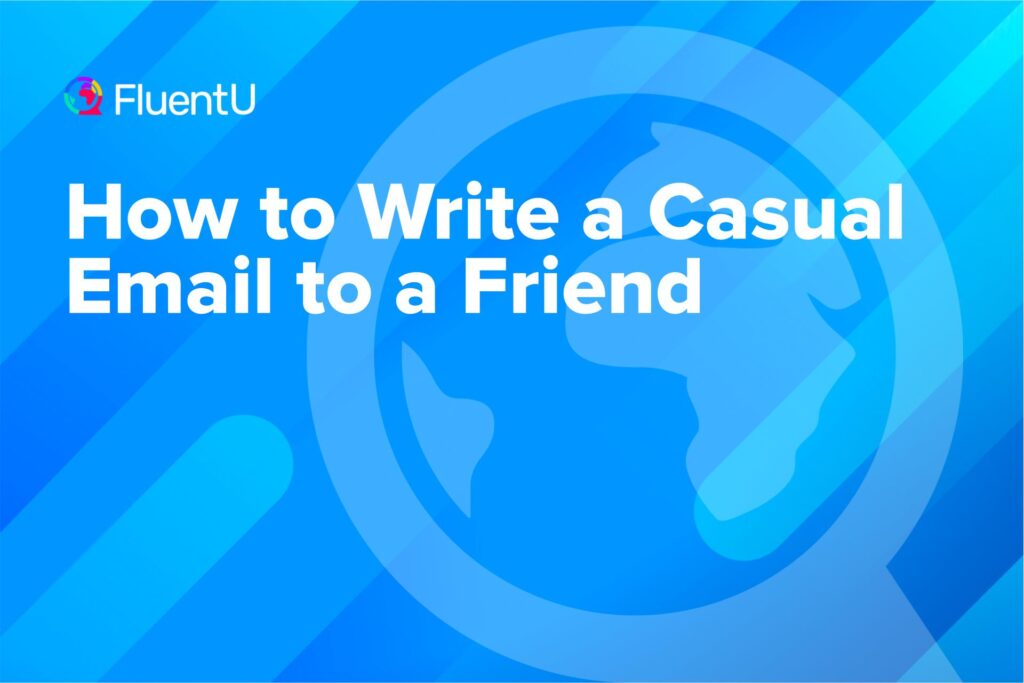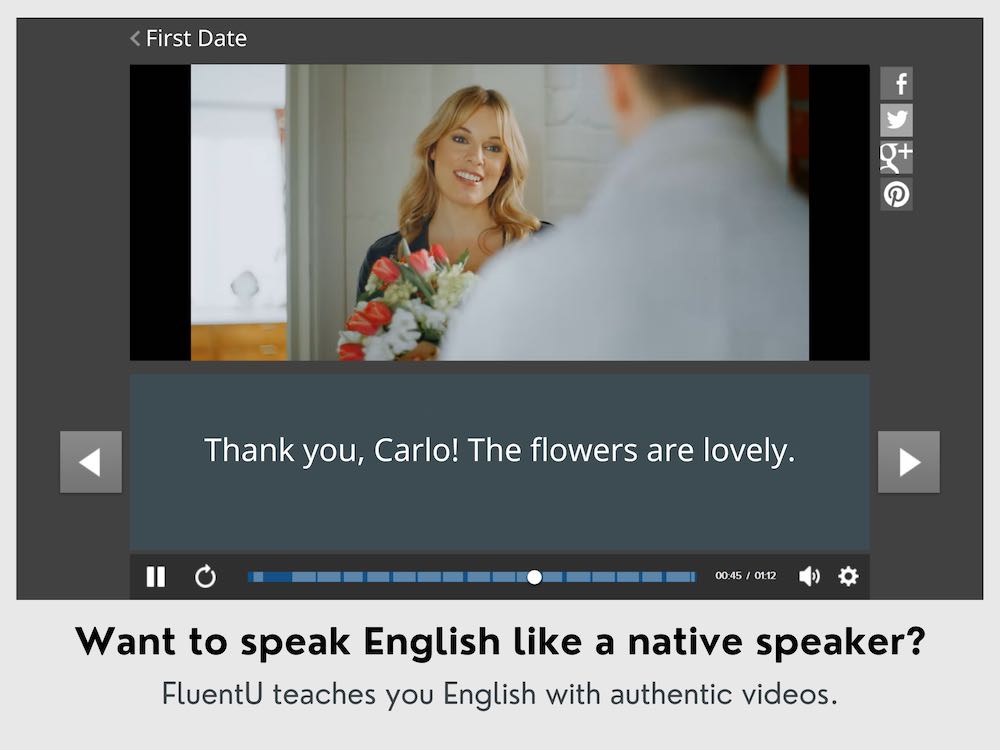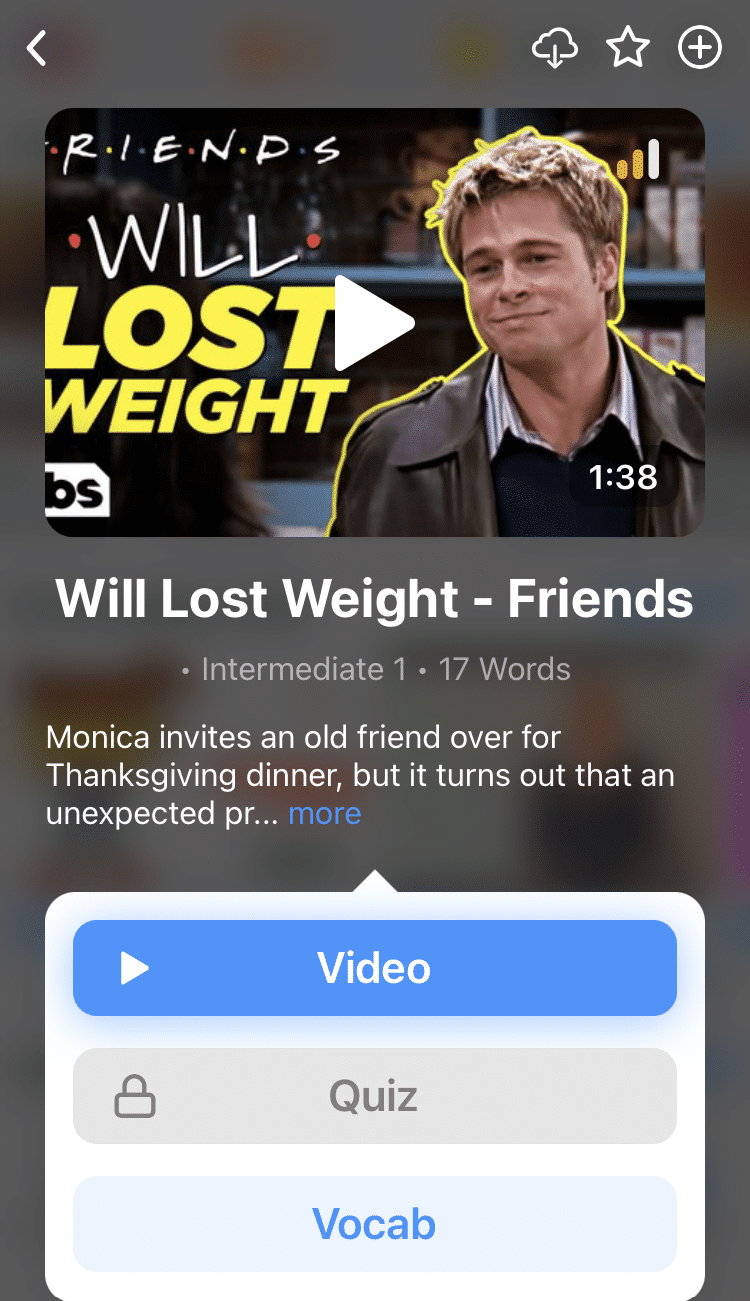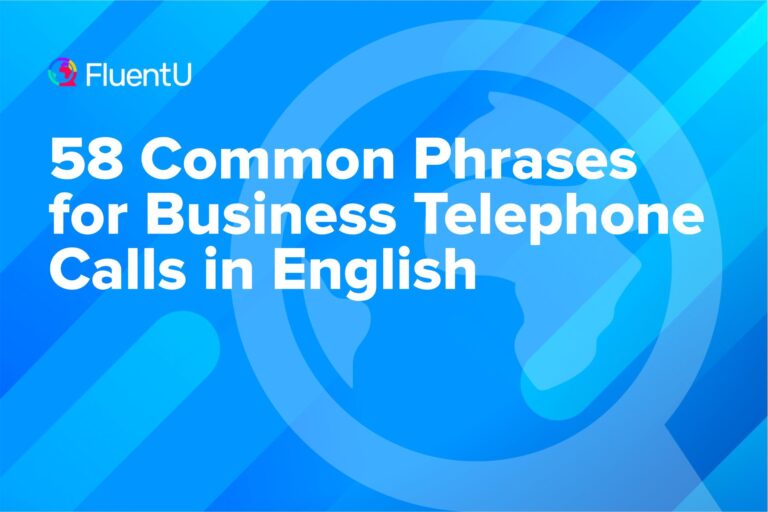Contents
How to Write a Casual Email to a Friend

Sometimes, a situation isn’t right for a letter, a text or a phone call. In those cases, you’ll need to send an email.
Emails to friends look different from business emails in English. There’s also a special vocabulary that you’ll need to know in order to send and compose casual English emails. Learn how to send an email to different kinds of friends, from acquaintances to friends you haven’t spoken to in a while.
Download: This blog post is available as a convenient and portable PDF that you can take anywhere. Click here to get a copy. (Download)
Parts of an Email
The different parts of an email, and vocabulary you need to know:
- Subject: This is the topic of the email, or what the email will be about.
- Recipient: This is the person receiving (getting) the email.
- Compose: This means to create or write the email. The word “compose” is usually used with music. A composer is someone who writes, or composes music.
- Attachment: This is any file you’re attaching (adding) to the email.
- CC: This stands for “Carbon Copy.” When you add an email address to the CC field, that address will get the email, too.
Before email, carbon copy only meant a copy of a written (or typed) document using carbon paper. You might have seen carbon paper at work or even in your checkbook. It’s a thin grey paper with a layer of loose ink on one side, which you place over a blank sheet of paper.
- BCC: This stands for “Blind Carbon Copy.” When you add an email address to BCC, that person will also get the email but no one else will know that the person received a copy. Their email will not show up in the field, though all email recipients will be able to see that a BCC is included.
You will almost never use this feature for emailing friends, since it’s more often used for business emails or situations when you have to include a lot of people in the email who might not know each other (or want anyone else seeing their email address.)
How to Organize a Casual Email
Casual emails don’t have a strict structure like business emails. Despite this, you can still follow a formula to write a friendly email that sounds natural.
First, you’ll need to understand when to send an email (instead of calling or sending a text). Here are some things about emails to keep in mind:
- Emails are usually shorter than letters but longer than texts.
- Emails are not as urgent (they don’t require immediate attention) as speaking to someone in person or calling them on the phone.
- An email will look different depending on who you’re writing to. Just like when you speak, emails use different language for different recipients.
Before you write your email, ask yourself why you’re using an email instead of just calling or mailing a letter. You might decide that a text or a phone call makes more sense. Or, you might even decide that an in-person meeting is the way to go.
Watch English speakers interacting on the videos in the FluentU program to see English in natural use. This will help you decide whether your topic should be shared via email, or if it’s a conversation you’d rather use in person.
FluentU takes authentic videos—like music videos, movie trailers, news and inspiring talks—and turns them into personalized language learning lessons.
You can try FluentU for free for 2 weeks. Check out the website or download the iOS app or Android app.
P.S. Click here to take advantage of our current sale! (Expires at the end of this month.)

Here are the components of a typical friendly email:
- Start with a greeting: Say hello first! You can decide if you should use the person’s first or last name, based on how well you know them. If it’s someone you know well, you can just say “hey” without the name.
- Remind them who you are: If you’re emailing someone who you don’t know well or just met, remind the recipient who you are, where you met or where you last saw them.
- Tell them how you’re doing: Give your friend a short summary of what’s been going on in your life.
- Ask how they’re doing: If the person you’re emailing isn’t a close friend, you can be vague in your questions, like “How are you?” or “How’s the family?” If you know them better, you can be more specific, like “How’s your dog feeling?” or “Does your daughter like her new school?”
- Your reason for writing: Why are you writing this email? It might be just to see how the recipient is doing or to ask them for help with something. Make your reasons clear. You can explain why you decided to email instead of text, or just go right into writing about what you wanted to share.
- A signature: Writing your name is not always even necessary when you’re emailing a friend. Instead, you can say “Talk to you later,” and leave it there.
These elements will vary depending on how well you know the person you’re emailing. For instance, when I email my best friend or husband, I usually leave out almost all the elements above and just get to the point. We usually don’t even bother with punctuation marks!
Here’s an actual email I sent my husband when my phone wasn’t sending texts. (Note: “yday” means “yesterday” and “lol” is “laughing out loud,” and it’s included here mostly to show that we think the issue is funny and not a big deal.)
Hey, all my messages to you are stuck on sending, since yday… So hello and good morning and you left the tub water on again lol
To which he responded:
I haven’t tried sending any messages, I just assumed you were asleep. Good morning! And oopsies lol
As you can see, it really depends on how close you are to the person you’re emailing! In the sections below, we’ll go over how to email different kinds of friends, from ones you know well to ones you barely know or haven’t spoken to in a long while.
Common friendly email phrases
You can use casual speech in friendly emails. Here are a few phrases you’ll see often in emails to friends:
- Long time no see. — If you haven’t seen the recipient in a while, you can use this very informal sentence at the beginning of your email.
- I’d love to catch up. — To “catch up” means to talk about some of the things that have happened in your life since you last spoke to someone. It’s a good phrase to use if you’re writing to someone you haven’t seen in a while.
- Just wanted to drop you a line. — This is a way to say “I wanted to write something to you.”
- Keep in touch. — This phrase means you’d like to keep talking with the recipient every once in a while. It’s a good sentence to use with someone you met recently.
- I hope you had a great weekend! — This is exactly what it sounds like! The phrase is used to wish the recipient a good weekend if you’re sending the email on a Friday. On other days, you can simply write “Have a good day.”
- I look forward to hearing from you. — Before you sign your name, you can use this phrase to show that you’d like to get a response. You could also use the slightly more casual “Looking forward to hearing from you.”
- Best wishes — In an email to an acquaintance, saying “sincerely” might be too formal. Instead, you can use this phrase as a closing, or just “Best,” followed by your name on the line below.
- Thanks in advance. — Use this phrase when you’re asking for help and you want to thank the recipient for their help before they complete your request.
How’s it going? — This is a casual way to say hello and ask how your friend is doing. - Just wanted to tell you… — This is a good way to start your email. Notice that the sentence is missing the word “I,” which should come at the beginning of the sentence. That’s because you can write the way you would speak to your friend.
- Talk to you later. — You can also write this using the acronym TTYL.
Common internet acronyms
As we saw with CC and BCC, acronyms are abbreviations made from the first letter of each word in a phrase. A few of these acronyms are very popular when speaking online, and you might already use some of them. Here are some common acronyms you can use in emails:
- lol — Laughing out loud
- yday — Yesterday
- lmk — Let me know
- omg — Oh my God
- atm — At the moment
- btw — By the way
- idk — I don’t know
- tbh — To be honest
- smh — Shake my head
- ttyl — Talk to you later
- thx — Thanks
How to Write an Email to an Acquaintance
An acquaintance is somebody you know but not very well. It’s someone who isn’t quite a friend but isn’t a stranger, either. Email is a perfect way to get in touch with an acquaintance because it’s not as personal as calling or sending a text. You can use email to keep in touch with someone you met at an event or a person you’re just starting to get to know.
Emailing an acquaintance is less formal than emailing someone from work, but it’s a bit more personal. You can—and in some cases should—include more details about who you are and why you’re emailing.
Sample emails
Nearly all the emails in this section and all the sample email sections that follow are real emails I’ve either written or received. I replaced the names with [Sender] for the person writing the email and [Recipient] for the person getting the email.
This first email is an example of what you can send to someone you met a while ago and don’t know well. This is a very typical example of how you can email an acquaintance. It’s not too personal but it’s also not too formal:
Hi [Recipient],
This is [Sender]—we met at the New Year’s party at Sally’s last year. Long time no see! Congratulations on your recent promotion, you deserved it for all the hard work you do.
I’m emailing to see if you’d like to meet up sometime to catch up. I’m in your city for a few weeks and I would love to grab a coffee if you’re available.
I look forward to hearing from you.
Best wishes,
[Sender]
Emails to acquaintances don’t have to be very lengthy. They also don’t have to be overly formal, like in a business letter.
Here’s an email I received from a former co-worker after I had stopped working with him. Since our relationship stopped being of work colleagues, he became an acquaintance and our emails became a little less formal.
Hi [Recipient],
Thanks for your email. Glad to hear you’re doing well.
Let’s connect on the phone or in person for a coffee sometime soon.
Please lmk some good times to connect.
Best,
[Sender]
In this next email, I’m following up with someone who offered to show me a new art exhibit since they were working there. Once again it’s pretty casual but not too friendly.
Hi [Recipient],
I’m back from my trip and would love to follow up with you about checking out the exhibit. Can we set up a date when I can visit?
I’m available any time next week except Tuesday, Saturday and Sunday. Let me know what works for you.
Thanks!
– [Sender]
How to Write an Email to a Friend
These days we usually speak to our friends using texts, on a chat program or just in person. Sometimes, though, an email is still the best choice.
You would send an email to your friend if the content is too long to fit into a text if you want to include more than one link or attachment, or if you and your friend are far away from each other.
Emails to friends are very casual and don’t always follow a specific structure. Still, there are some things you can include in your email to make sure your friend understands you.
Sample emails
Here’s an example of a typical email you might send to a friend. It also shows a clear reason for why someone might choose to send an email and not a text message.
Hey [Recipient],
How’s it going? I was going to text you, but then I realized I had too much to say!
Sorry I didn’t answer your text right away earlier, I was at a lunch meeting. Soooo boring. After the meeting we had pizza and soda though, so everyone was happy.
You know that I’m visiting New York atm, right? Well, I’m meeting with an old friend tomorrow and I wanted to get your thoughts on it. He’s the guy I met last year at that awesome New Year’s party. The one with the really nice shoes, remember?
And guess what. I have no idea how I should dress. Help!
[Sender]
Here is another typical example of a good email topic. You might realize by now that you usually choose to send an email when what you have to say is too long for a text message but you don’t want to call.
Hey [Recipient],
I hope you’re doing well! I have a quick question for you—do you have any good book recommendations? I’m looking for something new to dive into, and you always have the best suggestions.
While I’m at it, how’s your week going? I finally tried that new coffee place you mentioned, and it was amazing! We should definitely get together soon and grab a cup there. It’s always good to have something fun on the calendar.
Let me know when you have a minute, and thanks in advance for the help.
Catch you later!
– [Sender]
My friends and I usually use a lot more abbreviations and emojis. In the email below, which my friend sent me for my birthday, XD is a laughing face, “bf” is short for “boyfriend” and <3 is a heart!
Hey,
Happy belated birthday!! Yday was Canada Day so I spent all day out with my bf and away from all computers XD. So you get it a day late, as usual, cause stupid holidays taking up time.
Hope you had a wonderful birthday. I hope you and your family are doing well. <3
[Sender]
How to Write an Email to a Friend You Haven’t Contacted in a While
Sometimes, you don’t speak to your friend for a long time. It happens to all of us!
Email is a great way to get back in touch with a friend you haven’t contacted in a long time. Emails after a long time are a little more structured than regular friendly messages. You might want to remind your friends when you last spoke, to let them know what’s been happening in your life and to ask them what’s new with them.
Sample emails
Here’s a great example of an email you can send to a friend you haven’t spoken to in a while. It’s short and sweet and just shows the recipient that you’re thinking of them. It’s nice to check in on your friends like this once in a while!
Hey [Recipient],
Hope you’re doing well! Just wanted to drop you a quick note to see how things are going on your end. It feels like it’s been a while since we last caught up, so I thought I’d reach out. Have you been up to anything fun lately?
Anyway, just wanted to say hi and let you know I’m thinking of you. Let’s catch up soon—maybe grab a coffee or just chat over the phone whenever you’re free.
Take care and talk soon!
Best, [Sender]
I have a friend who only emails me once a year, on my birthday. We use this time to catch up and with each other and share what’s been happening in our lives. Here’s an example of an email he’s sent me:
Hi,
How are you? One more year has gone by. Incredible!
Things aren’t bad here. I’m still working at my old job while continuing with my doctoral thesis when I find the time. I’m also learning to program because I think everyone today should know at least a little bit of programming.
I wish I could leave Madrid… Big cities are so stressful. Since I work online, I could leave, but my wife is working in a physical office so it’s not that easy.
I have some great news to share! My books will be published in the USA soon. Whoo! I’m anxious but hoping it goes well.
Anyway, how are you doing? How’s your family? I bet your daughter is so big now!
All the best,
[Sender]
Here’s another example of an email I sent to an old friend. We don’t live near each other so I was reaching out in case we could meet at an upcoming event.
Hi [Recipient],
Long time no talk! I don’t remember if I told you, but I had to stop working at my old job so I could focus on some side projects. Now I’m back on the job search. Busy busy!
What are you up to these days? I just booked a ticket and trip to the big convention in Boston next month. LMK if you’ll be going too, I’d love to meet up!
– [Sender]
With all of these phrases and email parts, now you’re ready to write your own email—whether it’s to a friend, acquaintance or someone you haven’t spoken to in a long time.
And One More Thing...
If you like learning English through movies and online media, you should also check out FluentU. FluentU lets you learn English from popular talk shows, catchy music videos and funny commercials, as you can see here:
The FluentU app and website makes it really easy to watch English videos. There are captions that are interactive. That means you can tap on any word to see an image, definition, and useful examples.
For example, when you tap on the word "searching," you see this:
Learn all the vocabulary in any video with quizzes. Swipe left or right to see more examples for the word you’re learning.

FluentU helps you learn fast with useful questions and multiple examples. Learn more.
The best part? FluentU remembers the vocabulary that you’re learning. It gives you extra practice with difficult words—and reminds you when it’s time to review what you’ve learned. You have a truly personalized experience.
Start using the FluentU website on your computer or tablet or, better yet, download the FluentU app from the iTunes or Google Play store. Click here to take advantage of our current sale! (Expires at the end of this month.)










